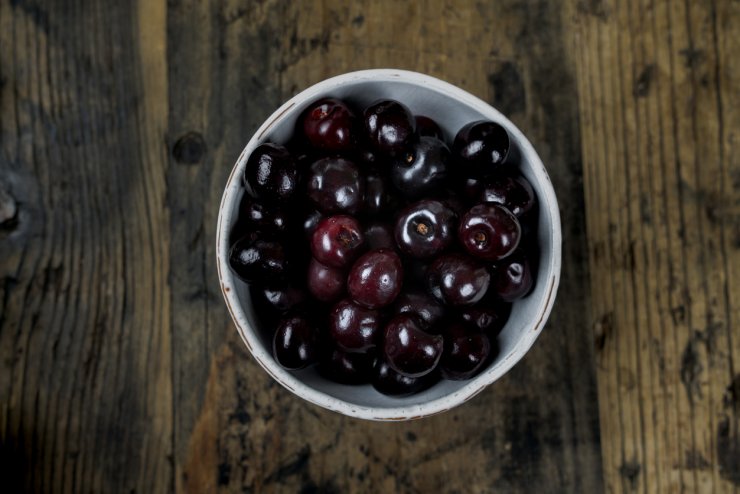
Western Sand Cherries
Western Sand is native to the northern Great Plains, and it’s a cold-hardy shrub that produces a heavy crop of dark fruit with a flavor similar to plums. Its small size means it can be used as a hedge, border, or specimen plant. It grows in any type of soil and has silver-green leaves that become burgundy and purple in the fall. It boasts attractive single white flowers in May, then produces 3/4-inch purple-black sweet fruit. Eat the fruit raw or use in jellies and baked goods.
Sun exposure:
- Partial to full sun
Soil pH:
- 6.6 to 8.4 (tolerates a wide range of soil conditions)
Hardiness Zones:
- 3 to 6
Spacing:
- 5 feet
Moisture:
- 1 inch per week
Notes:
- reaches a height and spread of 5 to 6 feet at maturity
- ripens early in the season
- is self-pollinating
Do you grow Western Sand cherries? Do they thrive in your climate? Please tell us about your Western Sand cherries.


 Previous
Previous

